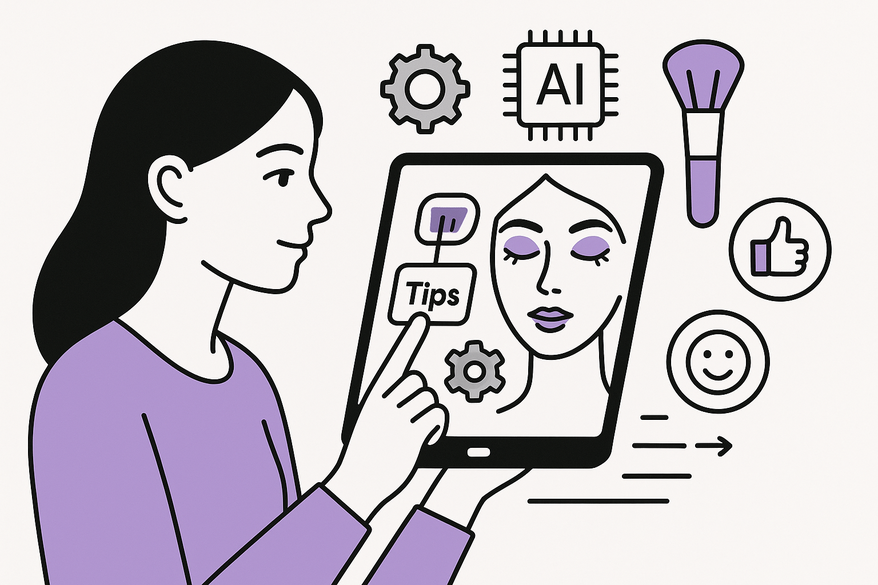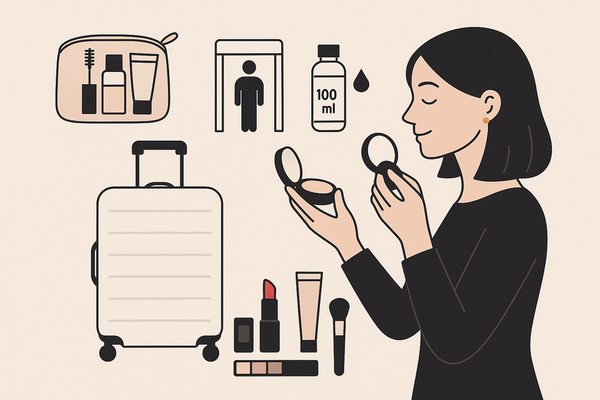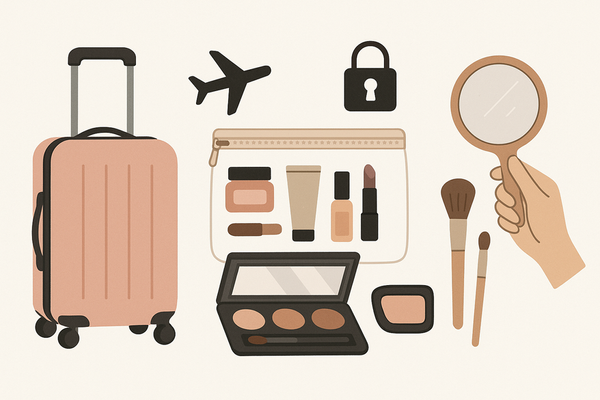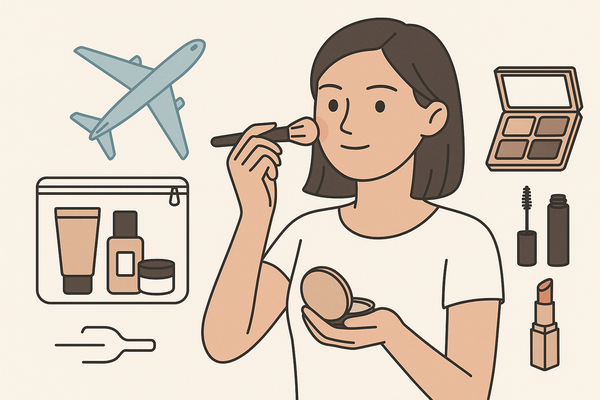Insider Guidance to Optimize AI Makeup Performance: Expert Tips & Best Practices
Explore expert tips to optimize AI makeup performance with insider guidance, enhancing customization, application feedback, and user satisfaction.

Estimated reading time: 8 minutes
Key Takeaways
- AI Makeup Performance is measured by accuracy in virtual try-ons, recommendations, feedback, and formulation optimization.
- Insider guidance drives superior model tuning through nuanced data and expert case studies.
- A comprehensive best-practices checklist ensures high-resolution imaging, optimal lighting, and continuous feedback loops.
- Top tools and technologies like Makeup Check AI and deep-learning engines power next-gen beauty tech.
- Emerging future trends include multi-modal personalization, dynamic product modifications, and AR/IoT sensor integration.
Table of Contents
- Introduction
- Defining AI Makeup Performance
- The Role of Insider Guidance in Optimization
- Best Practices for Optimizing AI Makeup Performance
- Tools and Technologies Supporting AI Makeup Enhancement
- Future Trends and Innovations
- Conclusion
- FAQ
Introduction
Insider guidance to optimize AI makeup performance is essential for brands and consumers aiming to harness cutting-edge beauty tech. This guide offers expert-backed strategies to maximize AI makeup capabilities—leveraging enhanced customization, real-time feedback, and data-driven improvements.
For instance, Makeup Check AI demonstrates how optimized imaging and real-time feedback can elevate a user's virtual makeup experience.
Whether you’re a developer, brand manager, or makeup artist, this insider guidance will unlock precision, personalization, and efficiency like never before.
Section 1: Defining AI Makeup Performance
AI Makeup Performance measures how effectively systems interpret facial features, skin profiles, and cosmetic patterns to recommend, apply, and evaluate makeup. High performance drives more accurate virtual results and greater user satisfaction.
- Virtual Try-On Systems: AR-driven facial mapping that lets users sample shades. Source: virtual makeup try-on.
- Custom Product Recommendations: Predictive models suggest products tailored to skin tone and preferences. Sources: beauty brands using AI, ingredient combination prediction.
- Real-Time Feedback Tools: Overlay guides coach users on blending and symmetry. Source: advanced AI makeup tips.
- Automated Formulation Optimization: AI adjusts formulas based on user input and environmental data. Source: ingredient combination prediction.
Key methodologies include image analysis, machine learning matching, feedback integration, and predictive analytics.
Section 2: The Role of Insider Guidance in Optimization
Expert knowledge helps refine data nuances, model parameters, and demographic tailoring. Two case studies illustrate this impact:
- Case Study #1: Olay’s Skin Advisor
- Challenge: Accurate age prediction.
- Insider Role: Refined feature weights and age labels.
- Result: 90% accuracy and 2× conversion boost. Source: beauty brands using AI.
- Case Study #2: Makeup Check AI
- Challenge: Unstable feedback during live try-ons.
- Insider Tips:
- Camera eye-level, 30–45 cm from face.
- 5000 K daylight bulbs and neutral background.
- Adjust in-app brightness and contrast.
- Result: 35% improvement in reliability. Source: advanced AI makeup tips.
Common Pitfalls & Expert Fixes
- Poor product matching: Expand datasets with diverse, labeled images.
- Latency issues: Use model pruning, caching, and quantization.
- Underperformance on diverse skin: Fine-tune with stratified Fitzpatrick scale sampling.
Section 3: Best Practices for Optimizing AI Makeup Performance
Use this checklist to elevate your AI system:
- High-Resolution Imaging: Cameras ≥ 12 MP improve landmark detection by 20%. Source: advanced AI makeup tips.
- Optimal Lighting Conditions: Neutral backgrounds, eye-level 5000 K bulbs reduce color shifts by 30%. Source: lighting techniques.
- Customized AI Settings: Incorporate undertone and face-shape data to boost accuracy from 75% to 92%. Source: advanced AI makeup tips.
- Model Optimization Techniques: Quantization, pruning, and caching cut inference time by 40%. Source: performance optimization.
- Performance Monitoring: Track accuracy, latency, and satisfaction to prevent engagement drops. Source: ingredient combination prediction.
- Feedback Loop Integration: In-app surveys and A/B tests enable monthly model retraining. Source: beauty brands using AI.
- Curated Product Libraries: Regularly update lab-verified swatches to reduce mismatches by 60%. Source: advanced AI makeup tips.
Section 4: Tools and Technologies Supporting AI Makeup Enhancement
Top platforms driving superior AI makeup results:
- Makeup Check AI: Real-time overlays and blending alerts for retail and pro artists.
- Deep-Learning Skin Analysis Engines: Automated formula testing for R&D labs. Source: ingredient combination prediction.
- Proven Skincare’s Skin Genome Project: Biometric profiling for large brands. Source: beauty brands using AI.
- YSL Beauty Rouge Sur Mesure: AR-driven foundation matching for luxury campaigns. Source: beauty brands using AI.
- Olay Skin Advisor: Predictive age and concern matching at scale. Source: beauty brands using AI.
Select based on budget, scale, and use case—from mobile SDKs to enterprise APIs.
Section 5: Future Trends and Innovations
Emerging directions in AI makeup optimization:
- Deeper Personalization: Multi-modal data anticipates skin needs. Sources: beauty brands using AI, ingredient combination prediction.
- Automated Dynamic Product Modifications: On-the-fly formula tweaks in AR based on real-time scans. Source: beauty brands using AI.
- AR/IoT Sensor Integration: Smart mirrors and wearables enable continuous virtual try-ons. Source: ingredient combination prediction.
Stay ahead with industry newsletters and events like CES and the Beauty Tech Forum.
Conclusion
By following this insider guidance to optimize AI makeup performance—defining core metrics, leveraging case studies, implementing best practices, and choosing the right tools—you’ll deliver personalized, precise, and efficient beauty tech solutions. Embrace future trends in multi-modal data and AR/IoT integration to keep your brand at the forefront. Take the next step: download our free checklist, subscribe for tutorials, or request a demo today.
FAQ
- What is AI makeup performance? It’s a measure of accuracy in virtual try-ons, product recommendations, real-time feedback, and formulation optimization.
- Why does insider guidance matter? Experts refine data labeling, model parameters, and environmental setups to boost reliability and user satisfaction.
- How can I improve my AI makeup system? Follow a checklist: high-res imaging, consistent lighting, model optimization, and integrated feedback loops.
- Which tools are best for AI makeup? Solutions range from Makeup Check AI for real-time overlays to enterprise engines for formula prediction.
- What’s next for AI in beauty? Expect deeper personalization via multi-modal data, real-time formula tweaks, and AR/IoT sensor integration.




